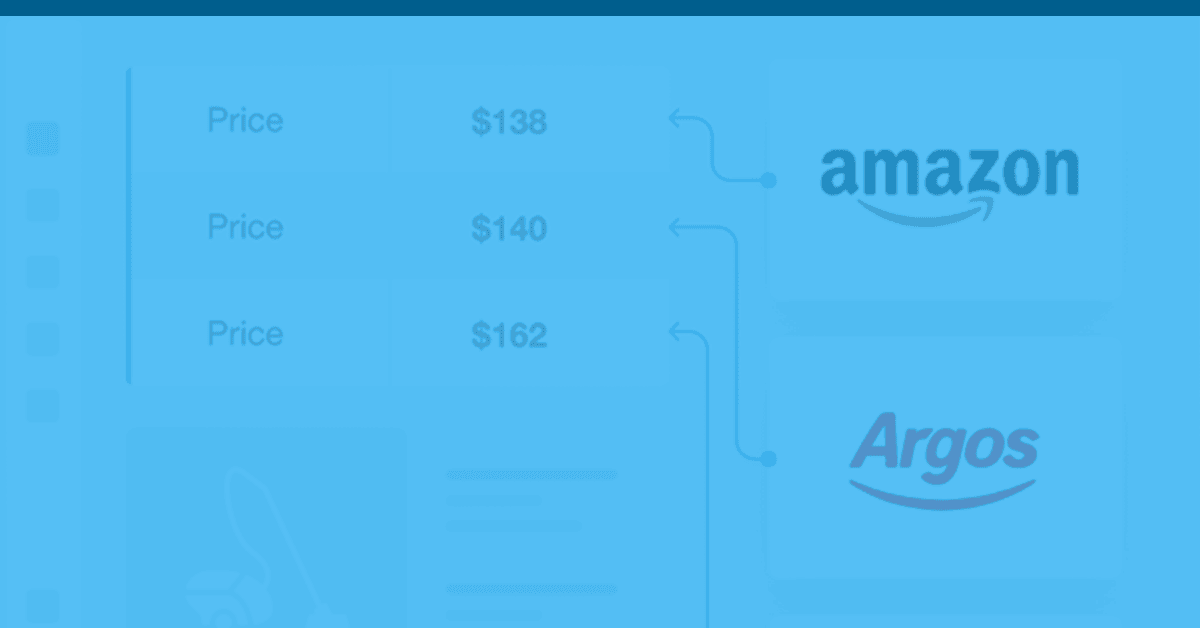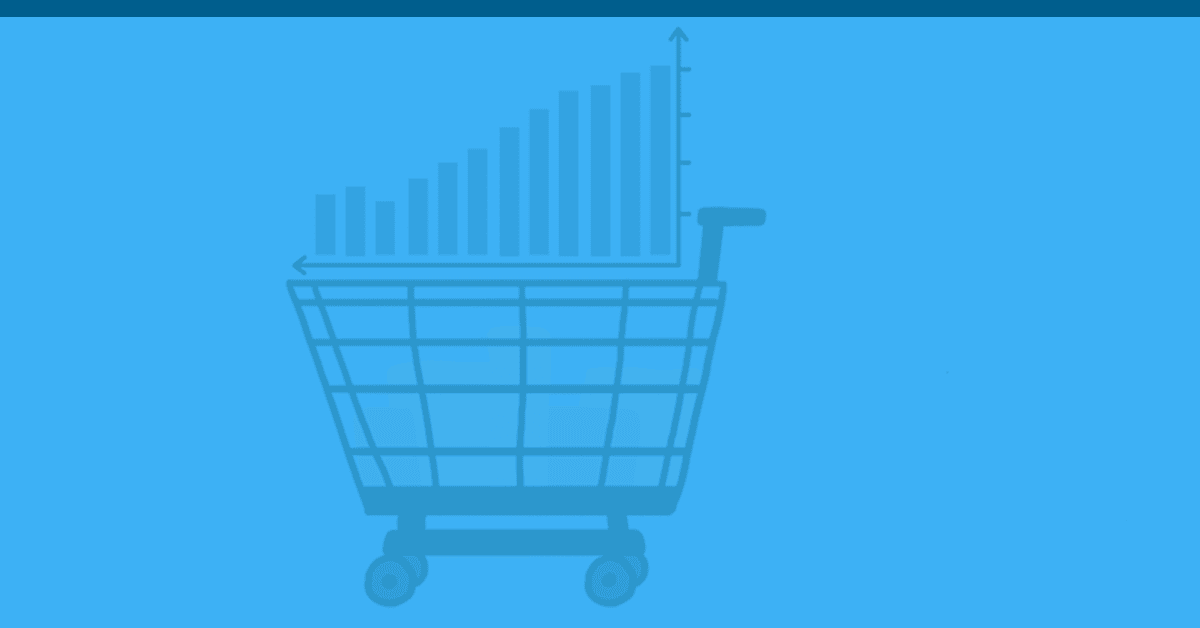
Manufacturers and brands are often at the mercy of price fluctuations on raw materials, global demand pressures, and shifting exchange rates. It's easy to feel powerless.
But there is a way out: practical competitor price intelligence (CPI), which can help manufacturers and brands understand the moves of their competitors, anticipate competitor pricing before it happens, identify emerging trends in CPI data that warrant proactive attention, embed CPI insights into day-to-day decision making by empowering your workforce with the information they need to compete more effectively on pricing—all with minimal investment.
This post will cover how to use competitor price intelligence and MAP monitoring for all aspects of your business—from sourcing raw materials to marketing your finished products in local markets.
1. What is Competitor Price Intelligence?

Competitor price intelligence (CPI) is the ability to track competitor prices through various marketplace channels to gain competitive insights, anticipate competitor actions, and manage costs and margins. Most businesses need this ability.
2. Why You Should Use Competitor Price Intelligence

1. Price fluctuation
On any given day, your competitors do what they can to increase their profits. In the U.S., this means adjusting prices for raw materials and parts; in many global markets, it means changing prices for your product or service to meet local demand pressures. Your competitors are doing this for the same reason you do—it's about profit margins.
2. Cost of production
Running a business is expensive. To compete effectively, you need to understand how much of your cost is variable, what it is, and where it's going.
3. Product line expansion
For some manufacturers, competing on price is the first step in expanding their product line. They first analyze non-price metrics—such as increasing demand or tightening supply—to determine whether a new product offering makes sense. If demand for a particular product line is high and supply tight, a manufacturer may expand the range offered by offering additional product lines. Expanding a product line also can be an essential source of competitive pricing power that allows you to grow your market share at your competitors' expense.
4. Finding strategic partners
Strategic partnerships are widely understood to be valuable to brands and manufacturers—but most companies underestimate the impact these partnerships can have on pricing. Often, a manufacturer will form a strategic affiliation with an entity in its supply chain or use a similar manufacturing process. It may allow the manufacturer to provide raw materials or parts at a lower cost than it would otherwise pay for them, which can be passed on to its customers.
3. Using competitor pricing data in decision making

Many manufacturers are unaware they can use competitor pricing data to make many decisions—from purchasing raw materials to sourcing parts, setting prices and dynamically adjusting costs, analyzing volume and sales trends, identifying emerging market trends, and predicting pricing movements on critical products. Using competitor data to help make strategic decisions, manufacturers can keep their businesses running efficiently and ensure they get the most value from their proprietary processes.
4. Using CPI for all aspects of your business

Knowing what competitors have done may help you correctly understand the opportunities and threats facing them. If competitors' prices change on certain raw materials, it may be time to investigate whether you need to find alternative supplies or increase production on those parts.
If a competitor's pricing changes coincide with your potential peak sales season, it may be time to adjust your marketing strategies. Understanding competitors' actions can help you identify market opportunities and threats—and this knowledge can make all the difference when competing on price.
5. Leveraging CPI information in decision making

Many manufacturers have been using CPI information as a tool for years—to run their businesses and maximize profitability efficiently. However, most manufacturers are unaware they can use CPI information as a strategic tool—to continuously enhance customers' value proposition, anticipate competitor moves, adjust their positioning efforts, and position themselves to profit from competitor moves.
6. CPI data is cost-effective, timely, and accurate

Competitor price intelligence (CPI) is a very effective tool to help you make data-driven decisions in your business—data that may otherwise be unavailable to you. And it's cost-effective: it's up to as much as 90% cheaper than other competitive intelligence tools that still require substantial investment and IT resources. Furthermore, using CPI data can significantly improve your company's sales results and profitability, enabling you to make smarter business decisions based on real-time market intelligence.
7. How manufacturers use competitor price intelligence today

Here are some examples of how companies use competitor price intelligence today:
1. Cost of production
CPI data tells you where your cost of production is going. By understanding the impact that raw material costs have on your business and by knowing where your competitors are sourcing their materials, a manufacturer can effectively manage its raw material costs and margins—and if competitors are purchasing from the same sources you are, you may be able to negotiate better prices.
2. Developing new products
Knowing your competitors' pricing strategies for new product offerings—and whether these products will compete with your products or services—can help you determine how to react.
3. Supply chain management
Supply chain management is essential to producing and distributing products and managing costs. By analyzing your supply chain to determine the best sources of materials, you can ensure you are getting the lowest prices you can.
4. Inventory management
By tracking competitor changes in inventory levels—and knowing what they do with their excess inventory—you have access to valuable information that could impact your business decision-making. When competitor stock is low, they may be forced to reduce prices or clearance more aggressively than they would otherwise to eliminate excess inventory and make room for new stock.
5. Product line expansion
When a competitor offers a new product line, it is often a sign that the product could be provided to your customers. Knowing what your competitors offer may tell you whether the new product line makes sense for your business.
6. Making strategic partners
By identifying the best potential partner for your business, you can take advantage of their expertise and access to new customers—and reap the benefits of an alliance that can help your business grow and succeed. Strategic partnerships enhance both companies involved and increase profitability for both parties; even when one partner controls a majority share of the business, using competitive pricing data to evaluate potential strategic partners could result in substantial increases in value to both companies.
8. Conclusion
Competitor pricing data is a very effective tool to help you make data-driven decisions in your business—data that may otherwise be unavailable to you. It's up to as much as 90% cheaper than other competitive intelligence tools that still require substantial investment and IT resources to implement.
And it can significantly improve the value proposition for customers, enhance the efficiency of your supply chain and make your business profitable—all of which are invaluable assets for future growth. Access to real-time competitor pricing data can help ensure many areas of your business stay on top of their game—from supply chain management, inventory management, and product development to driving innovation and developing new products.








Leave a Reply
Your email address will not be published. Required fields are marked